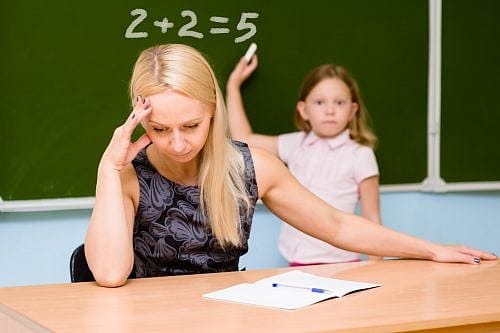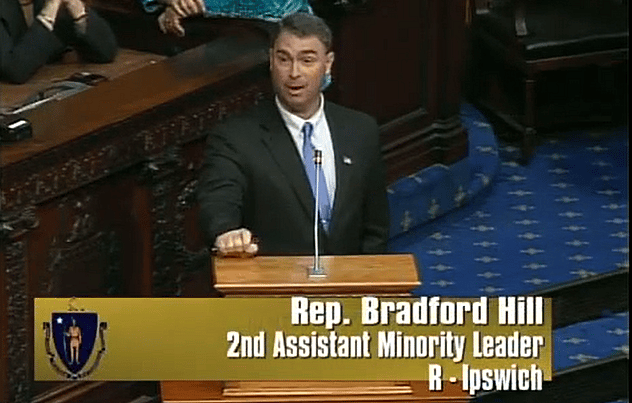Why Sally Can’t Teach Math:What Needs To Be Re-Invented In Elementary Teacher Education

Bloomsbury Publishing Company is developing a series of books that presents research studies about re-inventing teacher education. Everybody know that teachers need better training than they're getting now. But for some reason many people don't seem to know what sort of training that should be.
Most state legislators probably don't know what they are already funding with their appropriations to state colleges and universities for teacher training. They know that the purpose for public education has changed: schools no longer seek to find and challenge ambitious or capable students but, instead, try to improve the academic achievement of their lowest achievers. Puzzlingly, state legislators have not tried to find out what their departments of education, usually under the governor's office, are telling their teacher preparation programs to do in the form of licensure regulations and tests.

